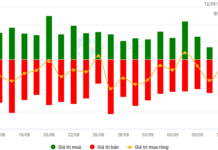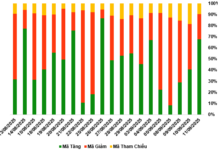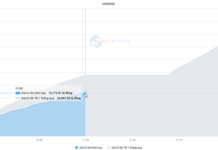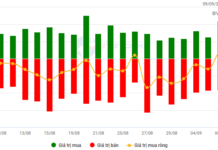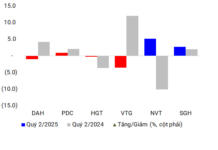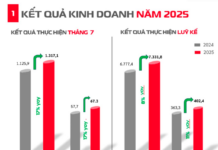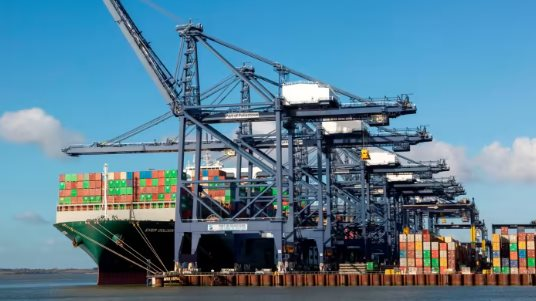
Illustrative photo
According to preliminary statistics from the General Department of Customs, Vietnam imported over 1.09 million tons of crude oil in March, worth over 655 million USD, up 21.7% in volume and 20.7% in value compared to February 2024. In the first quarter of 2024, Vietnam imported over 3.3 million tons of crude oil with a value of over 2.03 billion USD, up 23.6% in volume and 20.2% in value compared to the same period last year.
The average import price reached 607 USD/ton in the first quarter, down 3.5% compared to the same period last year.
In terms of market, Kuwait continues to be Vietnam’s largest supplier of crude oil with over 3 million tons, with a turnover of over 1.7 billion USD, up 38% in volume and 30% in value compared to the same period in 2023.
The import price reached 597 USD/ton, down 2% compared to the same period.
Notably, a Southeast Asian country unexpectedly sent crude oil to Vietnam in the first quarter of 2024 is Brunei. Specifically, Brunei exported 82,021 tons of crude oil to Vietnam with a value of over 55 million USD, while in previous years 2023 and 2022, there was no record of imports from this market.

Brunei, officially known as the State of Brunei Darussalam, covers an area of 5,765 km2 and is located entirely on the island of Borneo – the largest island in Asia, with a coastline bordering the South China Sea and surrounded by the Malaysian state of Sarawak.
It is a country with an area larger than Singapore but smaller than all other countries in Southeast Asia. Although it is only the second smallest in the region, Brunei’s area is still 8 times that of Singapore, but only 1/57 of Vietnam’s.
It is worth noting that this is also the country with the largest crude oil reserves in Southeast Asia. Brunei produces approximately 127,000 barrels of oil per day and 243,000 barrels of gas per day, most of which is exported. This is a relatively small figure compared to other countries, but it is a large amount of production compared to the population. The Brunei government expects to increase oil production to 350,000 barrels per day by 2025, mostly from deep-water oil production.
As for Kuwait, according to OPEC, the country has proven oil reserves of 101.5 billion barrels. This small Gulf country produces between 2.4 million and 2.67 million barrels of oil per day and exports approximately 1.7 million barrels per day.
In 2024, OPEC maintained its forecast for global oil demand growth. In its oil market report released on December 13, 2023, OPEC forecast that global oil demand will increase by 2.25 million barrels per day in 2024, a significant decrease from the projected increase of 2.46 million barrels per day in 2023.
For Vietnam, the country still has to import crude oil to meet the input for two domestic refineries, Dung Quat and Nghi Son. 80% of the crude oil for these two plants comes from imports, while about 30% of finished gasoline and oil still needs to be imported to meet domestic consumption. The import of crude oil and gasoline is also strongly affected when the world becomes volatile due to the high level of dependency.

